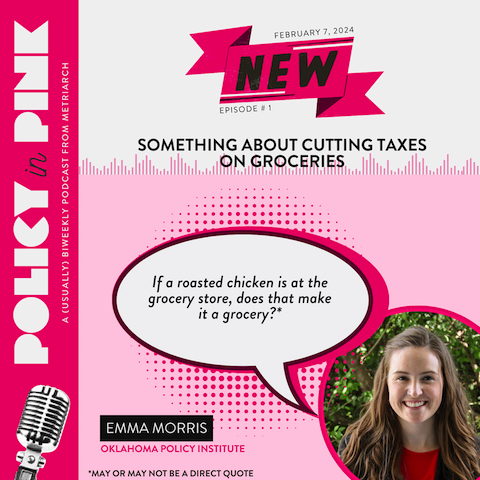Unable to See Doctor Due to Cost
Data highlight
Oklahoma ranks 47th for the percentage of women who were unable to see a doctor due to cost. Texas came in #50 with the highest rate — 17.5% — while Hawaii ranked first with just 5.1% of its women steering clear of the doctor’s office because of finances. 1“Adults Who Report Not Seeing a Doctor in the Past 12 Months Because of Cost by Sex,” KFF analysis of Centers for Disease Control and Prevention (CDC)’s 2013-2022 Behavioral Risk Factor Surveillance System (BRFSS). Accessed April 2024.
HOW WE STACK UP
Percent of women who reported avoiding seeing a doctor within the last 12 months due to cost concerns


Source: Kaiser Family Foundation
YOU MIGHT ALSO LIKE
Definition
This indicator is a reflection of women who reported they were unable to see a doctor due to cost, despite their insurance status.
What is covered and the out-of-pocket expenses associated with healthcare coverage varies widely. A woman with a “catastrophic plan” or high deductible plan is counted as insured but may not seek routine care due to out-of-pocket costs.
Why we care
Oklahoma’s high percentage of women who avoid seeing a doctor due to cost is partially explained by the state’s number of uninsured women (see Uninsured Women).
Due to higher premiums, deductibles, and out-of-pocket expenses, medical debt is growing even among insured people. Oklahoma residents carry the second-most medical debt per capita in the nation.2David C. Radley, Jesse C. Baumgartner, Sara R. Collins, Laurie C. Zephyrin, “2023 Scorecard on State Health System Performance,” Commonwealth Fund, commonwealthfund.org. June 22, 2023.
Most women nationally (60%) receive health insurance through their employer.3“Women’s Health Insurance Coverage,” Kaiser Family Foundation, kff.org. Accessed April 2024. However, the out-of-pocket costs associated with employer-sponsored insurance have increased over the last decade. Despite coverage, 3.9% of women indicate their healthcare is unaffordable.4Avni Gupta and José A Pagán, “Trends in Reported Health Care Affordability for Men and Women with Employer-Sponsored Health Insurance Coverage in the US, 2000 to 2020,” JAMA 328, no. 24 (December 27, 2022): 2448–48.
Women also spend 6.8% of their pretax income on healthcare, almost double that of men. That figure jumps to 20.7% of pretax income towards health insurance alone for single women making under $15,000 annually.5Liz Festa, “All the Single Ladies … Pay More for Insurance,” ValuePenguin, valuepenguin.org. March 7, 2022.
The impact of these rising costs compounds with the long-recognized pay gap between women and men (see Gender Pay Gap), as well as general wage stagnation, to make it more difficult for women to work doctor visits into their budgets.
Considerations
While the number of women in Oklahoma and nationally avoiding healthcare due to cost has declined between 2013 to 2022, understanding the context and how COVID-19 has influenced the data is vital.
The state of emergency during the COVID-19 pandemic expanded the qualifications for government programs like unemployment insurance and Medicaid (SoonerCare). The expansion may have allowed new enrollees to see a physician they wouldn’t have otherwise seen. Further, caution associated with the coronavirus may have lowered the threshold for individuals who were previously reluctant to seek care.
What we can do:
- Continue supporting programs and proposals that increase SoonerCare access
- Support universal comprehensive healthcare coverage
- Enact policies that limit the out-of-pocket expenses an insurance provider can charge
- Champion equal pay for women
This issue brief was written by Metriarch staff as part of our Data Lookbook. Contributions and peer review were provided by Kelsey Mishkin Gardner with the U.S. House of Representatives.
Suggested citation
Metriarch. “Access to Quality Care,” Data Lookbook (2024). URL: metriarchok.org/unable-to-see-a-doctor-due-to-cost.
- Last updated April 10, 2024
Share this page:




